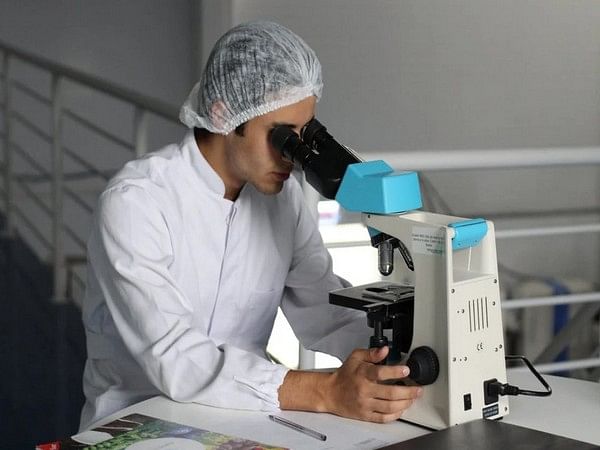Washington D.C. [USA], July 7 (ANI): According to a recent study, a group of researchers from the University of California, Irvine found out that the cell-to-cell communication networks could perpetuate irritation and help to prevent repigmentation in patients with vitiligo disease.
The finding of the study “Multimodal Analyses of Vitiligo Skin Identifies Tissue Characteristics of Stable Disease,” were published in the journal JCI Insight.
“In this study, we couple advanced imaging with transcriptomics and bioinformatics to discover the cell-to-cell communication networks between keratinocytes, immune cells and melanocytes that drive inflammation and prevent repigmentation caused by vitiligo,” said Anand K. Ganesan, MD, PhD, professor of dermatology and vice chair for dermatology research at UCI School of Medicine. “This discovery will enable us to determine why white patches continue to persist in stable vitiligo disease, which could lead to new therapeutics to treat this disease.”
Vitiligo is an autoimmune skin disease that is characterized by the progressive destruction of melanocytes, which are mature melanin-forming cells in the skin, by immune cells called autoreactive CD8+ T cells that result in disfiguring patches of white depigmented skin. This disease has shown to cause significant psychological distress among patients. Melanocyte destruction in active vitiligo is mediated by CD8+ T cells, but until now, why the white patches in stable disease persist was poorly understood.
“Until now, the interaction between immune cells, melanocytes, and keratinocytes in situ in human skin has been difficult to study due to the lack of proper tools,” said Jessica Shiu, MD, PhD, assistant professor of dermatology and one of the first authors of the study. “By combining non-invasive multiphoton microscopy (MPM) imaging and single-cell RNA sequencing (scRNA-seq), we identified distinct subpopulations of keratinocytes in lesional skin of stable vitiligo patients along with the changes in cellular compositions in stable vitiligo skin that drive disease persistence. In patients that responded to punch grafting treatment, these changes were reversed, highlighting their role in disease persistence.”
MPM is a unique tool that has broad applications in human skin. MPM is a noninvasive imaging technique capable of providing images with sub-micron resolution and label-free molecular contrast which can be used to characterize keratinocyte metabolism in human skin. Keratinocytes are epidermal cells which produce keratin.
Most studies on vitiligo have focused on active disease, while stable vitiligo remains somewhat of a mystery. Studies are currently underway to investigate when metabolically altered keratinocytes first appear and how they may affect the repigmentation process in patients undergoing treatment.
The findings of this study raise the possibility of targeting keratinocyte metabolism in vitiligo treatment. Further studies are needed to improve the understanding of how keratinocyte states affect the tissue microenvironment and contribute to disease pathogenesis. (ANI)
This report is auto-generated from ANI news service. ThePrint holds no responsibility for its content.



